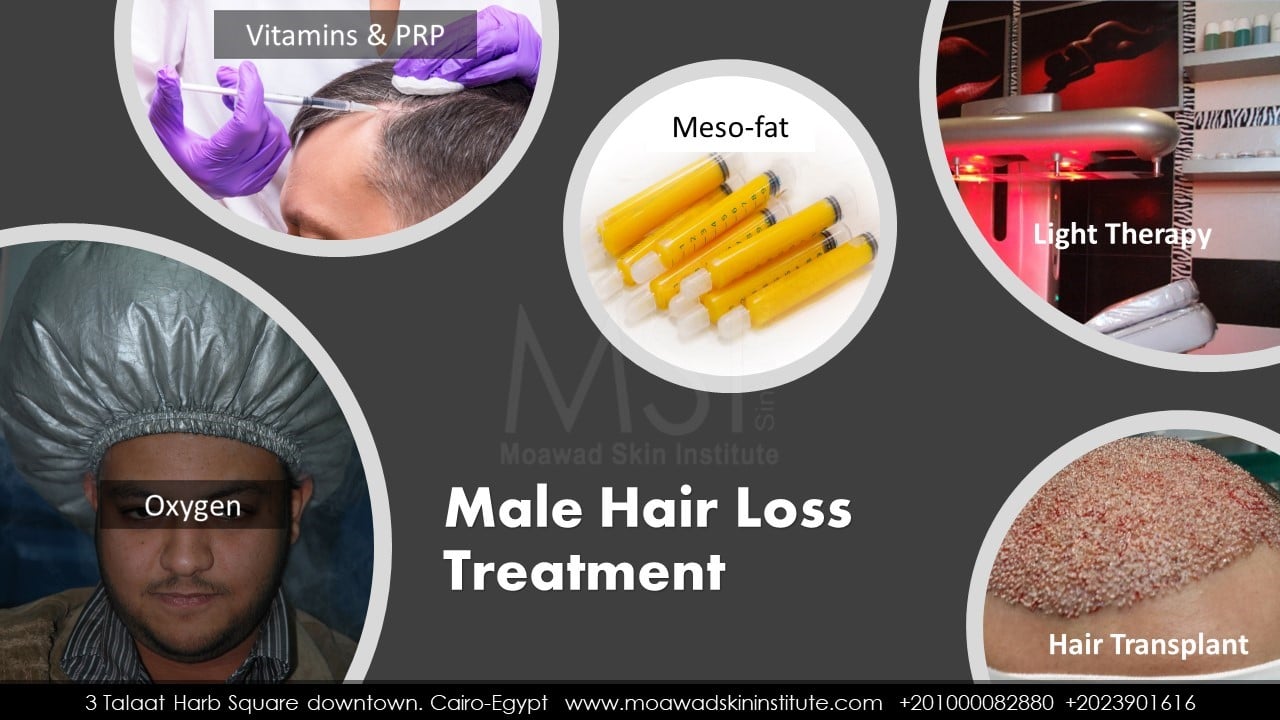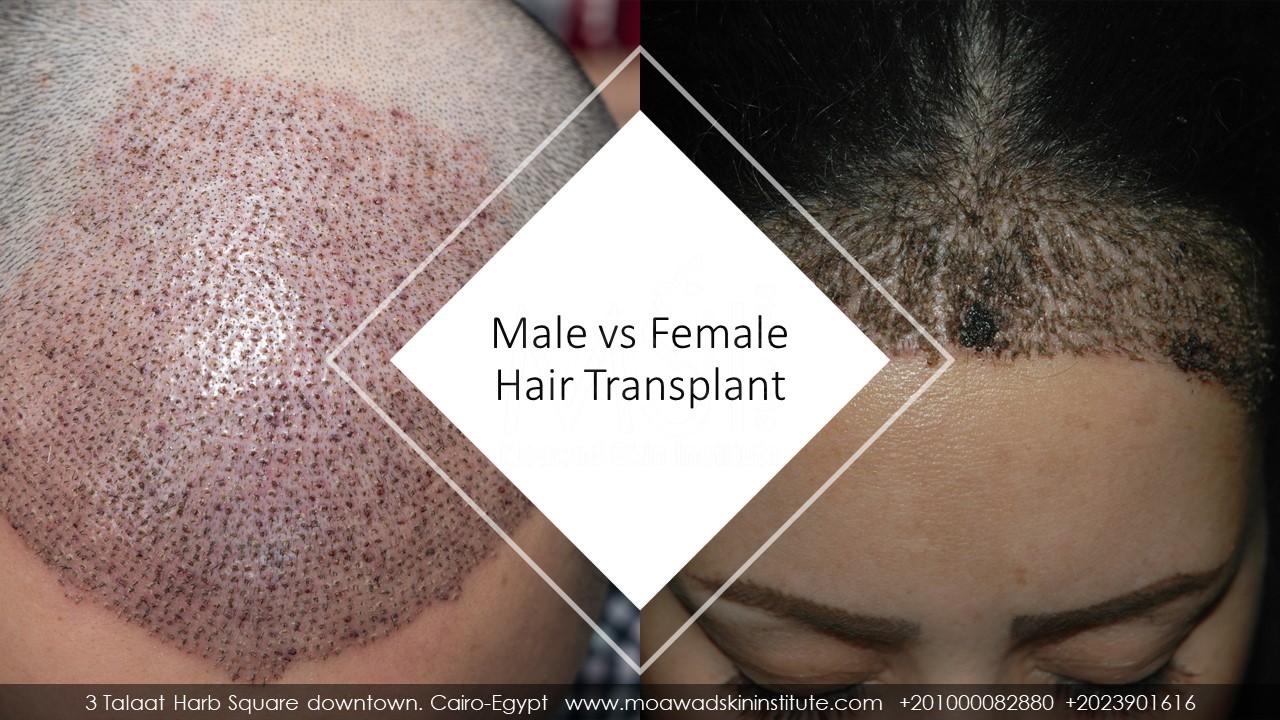Male Hair Loss Treatment
At MSI, every treatment option begins with a complimentary video-microscopic hair density test and digital documentation so that results can be calculated and monitored. MSI offers physician formulated hair tonics. Hair tonics contain two drug molecules (i.e., 5% minoxidil solution and finasteride) to stop hair loss and help hair regrowth. The minoxidil, finasteride, vitamins, and trace elements are microinjected during mesotherapy. Growth Factors for hair regrowth are added to our cocktail when mixed with Platelet-rich plasma (PRP). Several-time weekly application of a laser-emitting device (LED) to "stimulate" hair growth of existing miniaturized hairs is one of the new light therapies for hair loss. The most recent available hair preservation and restoration treatment is the newly introduced combination of mesotherapy, infrared technology, oxygen therapy, platelet-rich plasma (PRP), and nano fat or micro fat (stem cell therapy). Penetration of PRP and nano fat or micro fat is eased with microneedling, dermal roller, or the use of fractional radiofrequency. Hair restoration has become increasingly popular with both men and women in recent years. New technologies such as follicular unit extraction and grafting have allowed patients to get a natural-looking result with minimal downtime. In addition to hair loss treatment, I can successfully treat various conditions with hair transplantation. I can repair scalp scarring, facial scars due to trauma or surgery, and hair loss due to traction with hair transplantation. Finally, hair transplantation can be successfully used to restore hair to the eyebrows, eyelashes, beard, mustache, or goatee area; and even in areas of the body, such as the pubis or chest.

